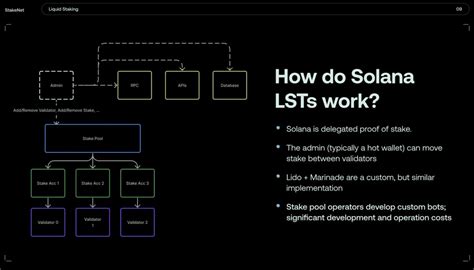
Solana: Are These Settings Possible?
As the second largest cryptocurrency by market cap, Solana (SOL) has attracted considerable attention in recent years for its potential to solve complex problems in various industries. With a strong development team behind it and a growing user community, Solana is poised to become a leading platform for decentralized applications (dApps). However, like any new project, creating a token/coin on the Solana network comes with important parameters that need to be carefully considered.
What is an SPL Token?
An SPL (Solana Protocol) token is a type of utility token that can be used to incentivize specific behaviors or actions within the Solana ecosystem. These tokens are typically designed to reward users for participating in certain activities, such as staking, governance, or even providing liquidity to the network.
Transparency and Security: Key Concerns
When it comes to creating an SPL token on Solana, transparency and security are key. One of the key concerns is how to ensure that the utility of the token is rewarded transparently to users without introducing any form of centralization or manipulation.
Here are some key parameters to consider:
- Staking Mechanism

: The staking mechanism should be designed to incentivize users to hold their tokens for a reasonable period of time, rather than simply rewarding them with a large amount of SOL in the short term.
- Governance Model: A governance model that allows token holders to participate and make decisions about the development and distribution of the token is essential to ensure transparency and accountability.
- Liquidity Mechanism: A reliable liquidity mechanism should be implemented to ensure that tokens can be easily traded or exchanged without incurring significant costs or fees.
- Smart Contract Security: Smart contract security should be a top priority as they form the backbone of any decentralized application on Solana.
Are these settings possible?
While creating an SPL token on Solana is theoretically possible, it requires careful planning and execution to ensure parameters are set to prevent centralization or manipulation. Here’s why:
- Complexity: The staking mechanism, governance model, liquidity mechanism, and smart contract security all require significant development effort and expertise.
- Regulatory Compliance
: Any token created on Solana must comply with applicable regulations, such as Anti-Money Laundering (AML) and Know Your Customer (KYC) requirements.
- Community Engagement: The success of an SPL token relies heavily on community engagement and participation, which can be difficult to achieve in a decentralized manner.
Conclusion
Creating an SPL token on Solana is not a trivial task, but it is entirely possible with careful planning, execution, and attention to detail. By prioritizing transparency, safety, and security from the beginning, developers can ensure that their token/coin is usable to solve complex problems across various industries. However, it is essential to recognize that creating an SPL token on Solana requires significant expertise, resources, and commitment.
Recommendations
If you are considering creating an SPL token on Solana, here are some recommendations:
- Do thorough research: Understand the regulatory requirements, community expectations, and potential pitfalls associated with creating an SPL token.
- Build a competent team: Hire development, security, and governance experts to ensure that your token/coin is well-structured and secure.
- Develop a robust staking mechanism: Design a staking mechanism that incentivizes users to hold their tokens for a long period of time, rather than simply rewarding them with large amounts of SOL.
4.
RELATED POSTS
View all
